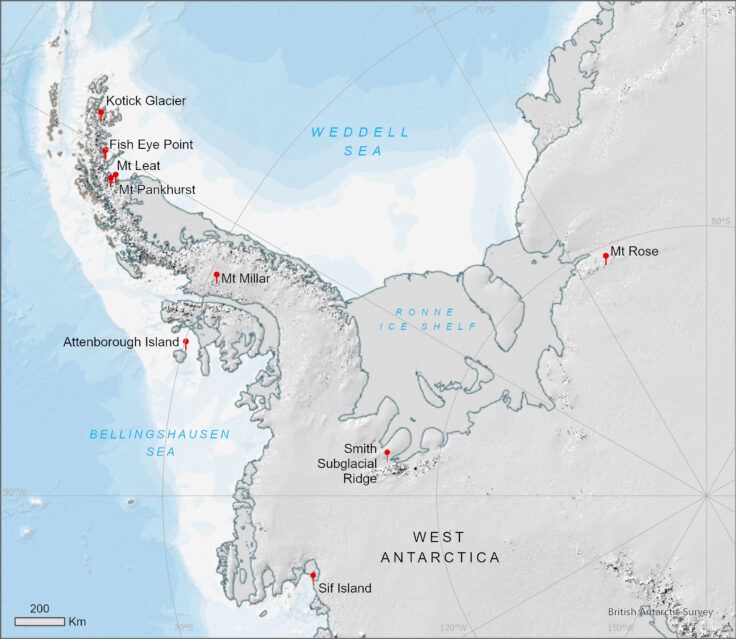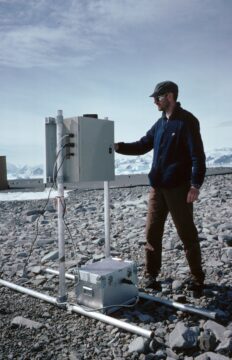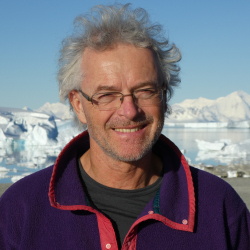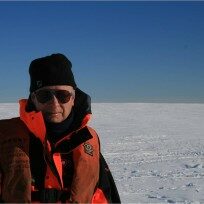New place names in Antarctica honour those who have made remarkable contributions to understanding, protection and management of the icy continent and whose achievements warrant highlighting alongside those of the early explorers.
British Antarctic Survey (BAS) is pleased to announce that this year, polar scientists both past and present, have been honoured with areas of the continent named after them. Amongst the honourees are Mike Rose, Andy Smith and Philip Leat.
Since the first explorers set foot in the pristine wilderness of Antarctica, glaciers, peaks mountains and islands were named after the courageous adventurer who first arrived. Today the UK Antarctic Place-names Committee provides advice on place-naming in the British Antarctic Territory, adhering to international principles and procedures.

Map of the British Antarctic Territory showing the newly named locations. Produced by UK Antarctic Place-names Committee and BAS.
Features are identified where naming is necessary for scientific, logistical or management purposes. Names generally comprise a generic term, which describes the feature being named, and a specific name, which can be descriptive, themed on Antarctic history, science or culture, or after persons who have made a significant and sustained contribution to Antarctic science, or other notable service relating to Antarctica.
Our recent list of honourees are in good company, each name adding to the history of Antarctica. Each place name tells a story of the exploration or scientific research and discoveries that happened there. These are the trailblazers who made significant discoveries, influenced policies and contributed significantly to polar research and preservation.
Mount Rose
Mount Rose has been named for Mike Rose, polar engineer, winterer at Halley Research Station (1989 and 1990), and later Head of Engineering and Technology at BAS. He was instrumental in developing Low Power Magnetometers and deploying a network of these instruments between Halley Research Station and the South Pole. He has contributed extensively to Antarctic matters through leadership of the COMNAP Advancing Critical Technologies Expert Group and development of various space weather instruments.

Smith Subglacial Ridge
The Smith Subglacial Ridge is named for Dr Andy Smith, leader in studies of the subglacial environment of Antarctic glaciers for over four decades. His research has particularly focused on Rutford Ice Stream (RIS), which he has extensively profiled with seismic, radar, and GPS methods. His discovery of the complex sedimentary structures at the bed, their relationship to the locations of earthquakes beneath RIS, and his observations of dynamic processes at the bed have shaped modelling and observation studies far removed from Rutford. The discovery of a series of ridges, often referred to as "Mega Scale Glacial Lineations (MSGLs)" beneath RIS has led to a significant improvement in understanding of glacier flow, sliding, and erosion. The outcomes of Dr Smith's work have important contributions to projecting and quantifying ongoing sea level rise due to loss of polar ice.

Mount Leat
Mount Leat is named for Philip T. Leat, Emeritus Fellow at British Antarctic Survey and Honorary Research Fellow, University of Leicester. He is considered to be the most prolific geochemist and petrologist to have conducted research in the Antarctic Peninsula. He has undertaken multiple field campaigns and has been principal scientist on several Antarctic cruises and was instrumental in helping to develop the wider relevance of the geology of this area of the Peninsula.

Congratulations to all who have places in Antarctica named for them, including Susan Attenborough, who has Attenborough Island named for her. She has worked closely with her father David Attenborough, tirelessly ensuring Antarctica and its fragile ecosystem remain in the public consciousness.
To view the full list of names and a map visit the UK Antarctic Place-names Committee website






